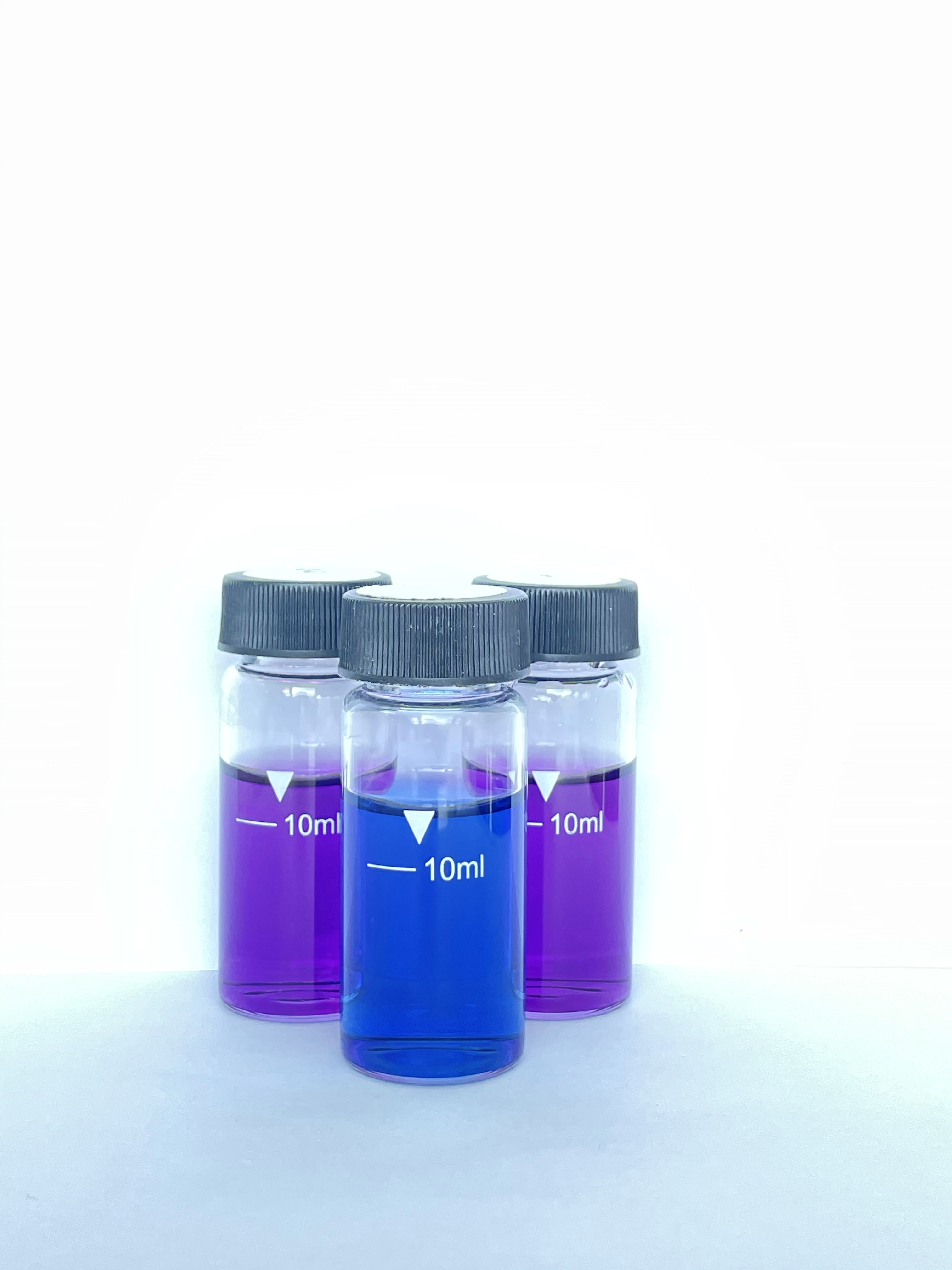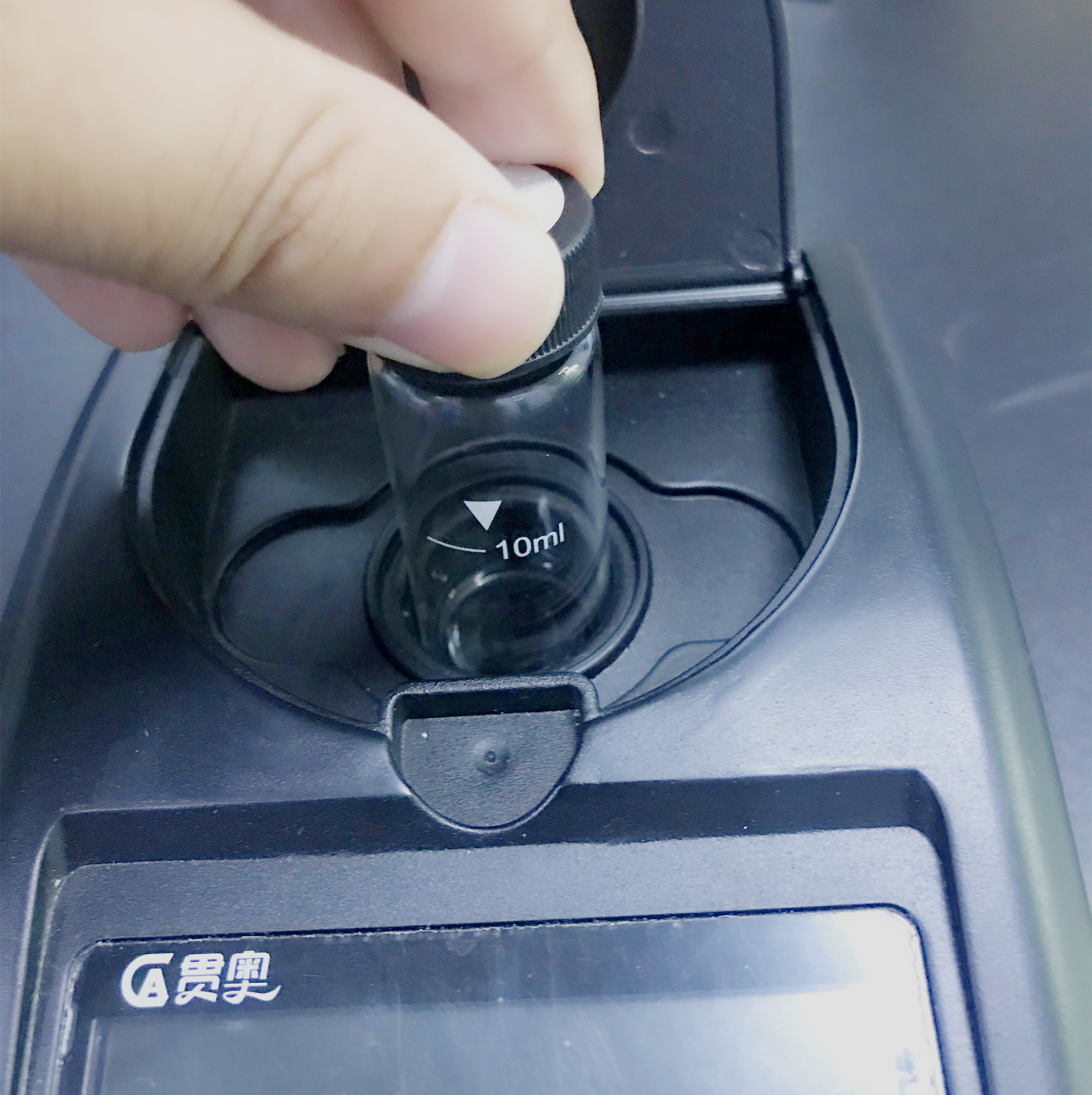A lot of glass instruments and other utensils, such as beakers, flasks, funnels, droppers, etc., are used in daily water quality testing. Different detection methods and procedures, the selected utensils are different; and cuvettes are commonly used in the corresponding detection such as colorimetry and spectrophotometer.
For instruments that use spectrophotometry to detect water quality, cuvettes are one of the important factors that affect the detection results. Therefore, in order to be able to obtain accurate water quality parameters, we recommend that you not only be proficient in the water quality measurement process, but also be familiar with the characteristics and usage of the relevant utensils. Today we will discuss something about the cuvette.

Selection of cuvettes in water quality testing
As a kind of optical vessel, when the material and thickness are different, the measuring range of the cuvette is different. We recommend that you use the products recommended by the water quality instrument manufacturer as much as possible when choosing, or choose cuvettes of the same quality, diameter, thickness, and shape. When testing, place them in accordance with the prompts on the cuvette. If there is no prompt mark, try to place them in the same direction and position during operation, so as to reduce the error fluctuation of the measured parameters.

Cleaning and maintenance of cuvettes during water quality testing
In addition to the selection in daily operation, the cleaning and maintenance of the contrast cuvette after the water quality test is also important. Everyone knows that most of the cuvettes are made of optical glass, so when not in use, the cuvette should be stored in a fixed place to avoid scratches and damage caused by collision. If a large number of nicks are found on the cuvette, it should be carried out in time. Replacement; the cuvette should be cleaned with pure water in time after use to avoid contamination of the bottle wall by the test agent or other substances, which will interfere with the next test.
In addition to cleaning with pure water during or after the test, some special water samples can also be cleaned with detergent or weak acid, but the dosage should be used at the recommended concentration as much as possible. In addition, glass cuvettes can also be cleaned by high temperature or ultrasonic waves, but no matter which method is used, two points must be kept in mind. One is to be careful not to scratch the cuvette during the cleaning process, and the other is to use washing. After cleaning with reagent or weak acid, rinse with pure water several times, and then store the cuvette upside down.
The above is how to use the cuvette in water quality testing



